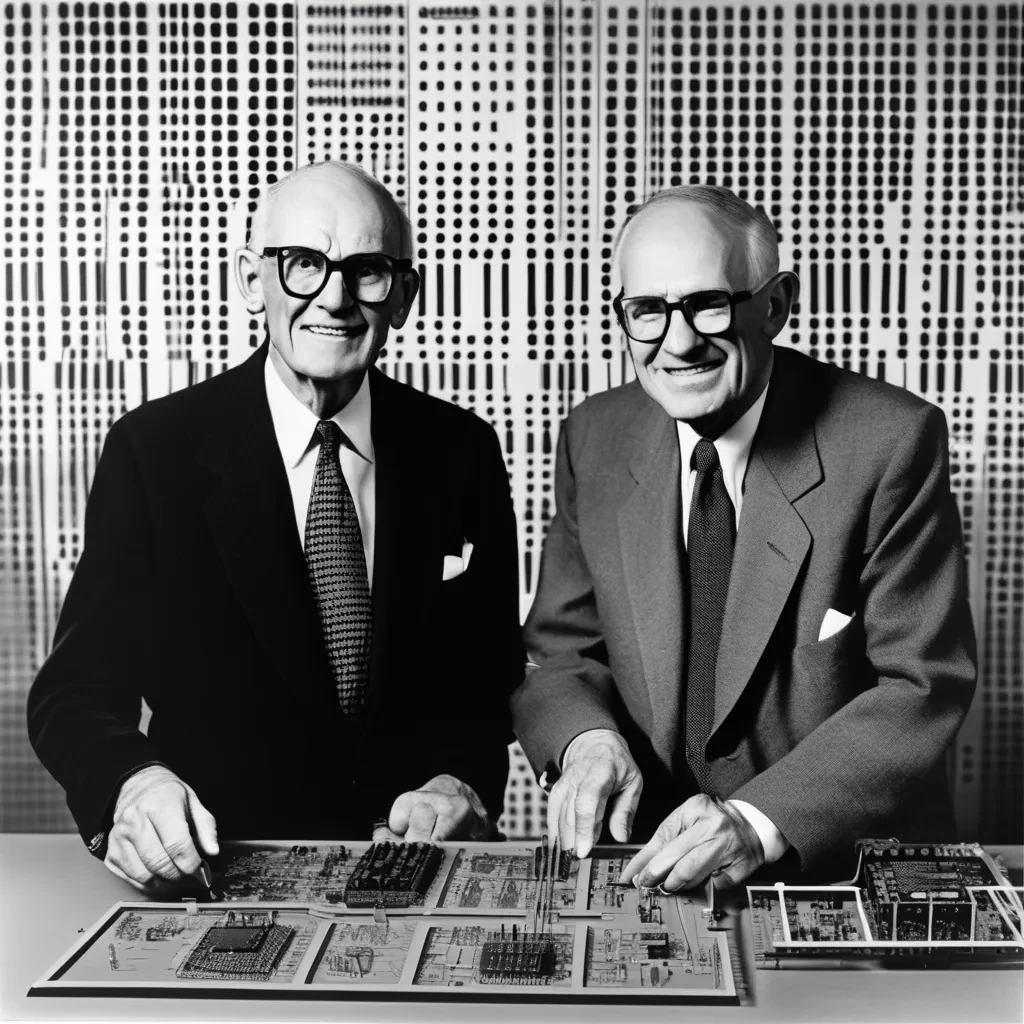Integrated chips, also known as integrated circuits (ICs), are the backbone of modern electronic devices. From humble beginnings to the cutting-edge technologies we see today, the evolution of integrated chips is a fascinating journey through technological innovation and miniaturization. This article explores the history of integrated chips, tracing their development from the early days to current advancements.
The Birth of Integrated Circuits
The Predecessors: Vacuum Tubes and Transistors
Before the advent of integrated circuits, electronic devices relied on vacuum tubes. These bulky components were used in early radios, televisions, and computers. However, they were inefficient, consumed a lot of power, and generated excessive heat. The invention of the transistor in 1947 by John Bardeen, Walter Brattain, and William Shockley at Bell Labs marked a significant milestone. Transistors were smaller, more efficient, and more reliable than vacuum tubes, paving the way for miniaturization in electronics.
The Concept of Integration
The concept of integrating multiple transistors and electronic components onto a single piece of semiconductor material was first proposed in the early 1950s. This idea was revolutionary as it aimed to solve the problems of size, cost, and reliability associated with assembling discrete components.
The Pioneers: Jack Kilby and Robert Noyce


The first practical integrated circuit was developed independently by two engineers: Jack Kilby of Texas Instruments and Robert Noyce of Fairchild Semiconductor. In 1958, Kilby demonstrated a working IC, consisting of a transistor, capacitor, and resistor on a piece of germanium. In 1960, Noyce improved upon Kilby’s design by using silicon, which became the standard material for ICs due to its superior properties. Both Kilby and Noyce are credited as co-inventors of the integrated circuit.
The Evolution of Integrated Circuits
The Early ICs: SSI and MSI
The early 1960s saw the introduction of Small-Scale Integration (SSI) and Medium-Scale Integration (MSI) circuits. These ICs contained a few to hundreds of transistors and were used in various applications, including calculators, military equipment, and early computers. SSI and MSI chips significantly reduced the size and cost of electronic systems.
The Digital Revolution: LSI and VLSI
The 1970s marked the beginning of the digital revolution with the advent of Large-Scale Integration (LSI) and Very-Large-Scale Integration (VLSI) technologies. LSI chips contained thousands of transistors, while VLSI chips could accommodate hundreds of thousands to millions of transistors. This era saw the development of microprocessors, memory chips, and other digital ICs that powered the first personal computers and other consumer electronics.
The Microprocessor: A Game-Changer
The introduction of the microprocessor in the early 1970s was a game-changer for the electronics industry. Intel’s 4004, released in 1971, was the first commercially available microprocessor. It contained 2,300 transistors and could perform basic arithmetic and logic operations. The microprocessor revolutionized computing by enabling the development of compact, affordable, and powerful computers.
Modern Integrated Circuits: The Era of Nanotechnology
The Rise of Nanotechnology
The 21st century has witnessed remarkable advancements in integrated circuit technology, driven by the rise of nanotechnology. Modern ICs feature transistor sizes measured in nanometers (nm), allowing for unprecedented levels of integration and performance. For example, today’s microprocessors can contain billions of transistors on a single chip, enabling high-speed computing, artificial intelligence, and advanced telecommunications.
Ersa Electronics is a reliable electronic components distributor which has many chips about integrated circuits.
System-on-Chip (SoC) and Multi-Core Processors
Modern ICs have evolved into complex systems known as System-on-Chip (SoC). An SoC integrates all the components of a computer or electronic system, including the CPU, GPU, memory, and peripherals, onto a single chip. This integration enhances performance, reduces power consumption, and minimizes the physical size of devices. Additionally, the development of multi-core processors, which house multiple processing units on a single chip, has significantly boosted computing power and efficiency.
Innovations in Semiconductor Materials
While silicon remains the dominant material for ICs, researchers are exploring new semiconductor materials to overcome the limitations of silicon-based technology. Materials like gallium nitride (GaN) and graphene show promise for future ICs, offering higher speeds, better thermal performance, and reduced power consumption.
The Future of Integrated Circuits
Quantum Computing
One of the most exciting frontiers in integrated circuit technology is quantum computing. Unlike classical computers that use bits to represent data as 0s or 1s, quantum computers use quantum bits (qubits) that can represent multiple states simultaneously. This allows quantum computers to solve complex problems exponentially faster than classical computers. While still in the experimental stage, quantum ICs hold the potential to revolutionize fields such as cryptography, materials science, and artificial intelligence.
Neuromorphic Computing
Neuromorphic computing is another cutting-edge area of IC research. Inspired by the human brain, neuromorphic chips are designed to process information in a manner similar to neural networks. These chips have the potential to greatly enhance machine learning and artificial intelligence applications by offering more efficient and parallel processing capabilities.
Conclusion
The history of integrated chips is a testament to human ingenuity and the relentless pursuit of technological advancement. From the early days of vacuum tubes to the latest innovations in nanotechnology and quantum computing, integrated circuits have transformed the world of electronics and computing. As we look to the future, the continued evolution of ICs promises to bring even more groundbreaking technologies that will shape our lives in ways we can only imagine.

